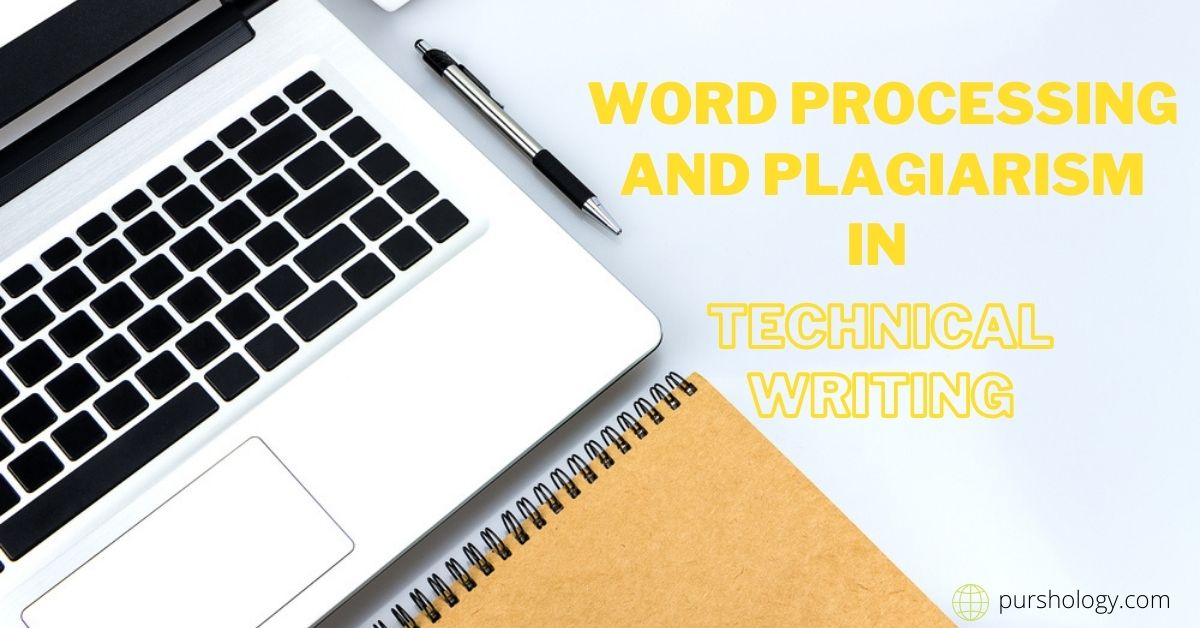If you want to know what plagiarism in technical writing is and what are its effects, then you have landed in the right place for sure. You should know that word processing and technical writing is not as easy as it looks like, and today you have to take care of many factors and expectations of the audience and the search engine. In this context, we are not going to only tell you about what plagiarism is. Still, you will also learn about the different types of plagiarism, the different ways to avoid plagiarism and also the tools and modern technology that can help you scan and remove plagiarism today.
Plagiarism- what it means?
Plagiarism is often referred to as the copy-pasting technique to create content. Stealing the intellectual property of a person is often defined as plagiarism. If a person is stealing written content, thoughts, ideas, research, facts and even stories written by another person, then this would land into the definition of plagiarism. Plagiarism is an unethical act and is also declared as illegal in major parts of the world. There is nothing you can say that would justify plagiarism; it is simply an act of wrongdoing.
Plagiarism can be of different types; it can be intentional and also accidental, but one thing should remain clear to you is that all types of plagiarism are illegal and unethical. Even if you are on the receiving part of plagiarism, you are still going to face the negative effects of plagiarism. Before we get into the details of this point, we want you to know about the common types of plagiarism.
Common types of plagiarism!
You have to try and ensure that your content is not being accused of any of these types of plagiarism.
- The first type of duplication is known as intentional plagiarism. Intentional or deliberate plagiarism is the one in which a person creates content by copying content from another source on purpose. This is further classified into two types which are commonly known as complete and incomplete plagiarism.
- The second type of plagiarism is known as accidental plagiarism. This is also known as unintentional plagiarism, and this is getting more common these days. This type of plagiarism occurs because of the huge variety of content available on the internet.
- Self-plagiarism is also another type of plagiarism that one should know about. This is the type of duplication which occurs if one copies content from their creation and content.
- Mosaic plagiarism is a very clever type of duplication. This refers to the content which is created by copying content from more than two sources on the internet. This is also known as collective plagiarism.
How to avoid plagiarism in technical writing?
Technical writing can only be successful if it is unique and of good quality. Creating unique content is very much important as if plagiarism is found in your content then you can experience a lot of negativity, a bad reputation, a ruined career and a lot of other legalities and adverse effects. If you want to ensure that your content is plagiarism-free, then you should follow these tips that we have mentioned below!
- First of all, you have to understand plagiarism. Not everything you copy falls under the definition of plagiarism. There is only one sun, and this statement would remain the same no matter how many times you write it. General facts and figures or knowledge that is established do not fall into the definition of plagiarism. Passing someone’s content is plagiarism.
- You can properly quote plus also cite the source of the content that you are taking help from to avoid plagiarism.
- You can professionally paraphrase the content so that there is no similarity in your content.
- You can check your work with a plagiarism checker program which is in any way very important.
- You have to keep on practicing technical writing if you want to avoid these petty issues!
You must understand that quotes and cites are very much important to be made in technical writing!
Best plagiarism checkers for scanning work!
The use of plagiarism checkers is mandatory if you want to save yourself from accusations and other effects of duplication. There is a variety of plagiarism checkers available online, but not all of the plagiarism checkers are best in its working and accuracy. If you want to check your technical writing for plagiarism then we would recommend you that you hook yourself with the best and free plagiarism checker available online mentioned below:
- Online plagiarism checker by SearchEngineReports.net is the best online tool for checking duplication in technical writing for free.
- Grammarly is best for checking all potential errors, including plagiarism.
- The plagiarism detector by plagiarismdetector.net can also help you in getting reliable results about the authenticity of your content.







